Quote
When you ask creative people how they did something, they feel a little guilty because they didn't really do it, they just saw something. It seemed obvious to them after a while. That's because they were able to connect experiences they've had and synthesize new things. And the reason they were able to do that was that they've had more experiences or they have thought more about their experiences than other people.
Unfortunately, that's too rare a commodity. A lot of people in our industry haven't had very diverse experiences. So they don't have enough dots to connect, and they end up with very linear solutions without a broad perspective on the problem. The broader one's understanding of the human experience, the better design we will have.
Steve Jobs, Wired, February 1996
2 notes
·
View notes
Audio
everything...
1 note
·
View note
Text
The Enclave, Richard Mosse
Margaret Bourke-White, Robert Capa, and Nick Ut — to name a celebrated few — all worked in black and white. It lent an air of bleached melancholy to their devastating landscapes, a velvety dynamicism to their portraiture. Richard Mosse, similarly employed, works in pink. A shocking, euphoric magenta; much more suitable to the psychedelic Seventies Haight than today’s war-torn Democratic Republic of the Congo. Yet for half a decade the Irish photojournalist has made a life documenting that tragic, unremitting conflict; his work has graced the pages of major newspapers, it has been staged in all the best galleries. “The Enclave,” a six-part video installation currently on view at New York City’s Jack Shaiman Gallery, is the series’s pièce de résistance.
Still, there’s the looming question of classification. “The Enclave,” exhibited at a blue-chip gallery in the heart of Chelsea is not, at its heart, documentary. Mosse is a photojournalist, but “The Enclave” is not reportage, it’s capital-A “Art”. Its showing in the Irish Pavilion — a Western country, albeit with loose ties to the colonialism that sowed the seeds of today’s conflict — complicates matters even further. Then there are the formal elements; the professionally-composed music, the expert cinematography. Mosse worked with videographer Trevor Tweeten to develop a modified tracking shot so fluid it looks as though the collaborators had attached a Steadicam to the hips of a Spector. This technique, especially when considered with Ben Frost’s sublime soundscape, produces some grand moments. But unlike a great documentary, whose power pivots upon education, analysis, and introspection, “The Enclave” appears to tell no story.
Whereas photojournalism was once considered the work of the auteur, today anybody armed with a smartphone and a social media account, can produce imagery as valuable as that of the professional photographer. What they can’t do, however, is produce work like “The Enclave.” Still, to what end? It is only during rare moments, like the cyan-tinted portrait of an infant ravaged by hypoxia, that we are forced to truly confront the horror of what is in front of us. For thirty-nine minutes we are told there’s a war on, and it’s true — we see people suffering, we witness bodies strewn upon the landscape. Yet it’s all taking place in a bizarre, beautiful, candy-colored world. Cognitive dissonance overpowers our intellect. The Congo might as well be Mars. The unreality of the scenery, coupled with the sheer artistry of the film, makes deep examination difficult, if not impossible.
For years photojournalists, together with a broader artistic community, have struggled with disentangling what is aesthetically affecting from that what is politically effective. However poetical or interesting a work may be, what can it mean if it doesn’t tell an important, oftentimes moral, story? “The Enclave” is an extraordinary rendition of a place in time, but there is no dialogue, no coherent narrative… no protagonist, no obvious purpose. For traditional storytellers, this latitude could be paralyzing. For Mosse, it is freeing. It forces him to interrogate the problem and the purpose of story, to think on how stories are produced, consumed, and perceived. They are not linear, or obvious, nor necessarily narrative. Instead they are messy and confusing. And as such, they are momentous and boundary-breaking. For all The Enclave refuses to share, it assures us one thing — as a storyteller, Mosse is as rich and as radiant as his images.

#the enclave#art criticism#richard mosse#photojournalism#photography#photo shot#photo series#imagery#congo#the congo#trevor tweeten#ben frost#soundscape#photojournalist#storytelling#venice biennial#extraordinary rendition#jack shaiman gallery#margaret bourke-white#robert capa#nick ut#democratic republic of the congo#video installation#video art#art installation#art#contemporary art#contemporary photography#contemporary photojournalism#photoroll
2 notes
·
View notes
Quote
"The world of art is not coterminous with today’s Duchamp-inspired art world. There are plenty of artists uninfected by the nihilism of Duchampian banality and the new Salon of pseudo-avant-garde outrage he helped to found. But the art world, as distinct from the world of art, is largely a rancid compact of Duchampian decadence, cynically milking the prestige of art for an enterprise that is more about the exhibition of politicized snobbery, celebrity, and the incontinent expenditure of money than artistic afflatus or aesthetic excellence."
from the new criterion's "but is it art?"
#the new criterion#but is it art#art#art criticism#critical essay#essay#duchamp#art world#critique#social critique#artistic critique#salon#avant-garde#aesthetics#aestheticism
4 notes
·
View notes
Video
youtube
black atlass x blossom
1 note
·
View note
Video
youtube
fka x inc.
0 notes
Photo
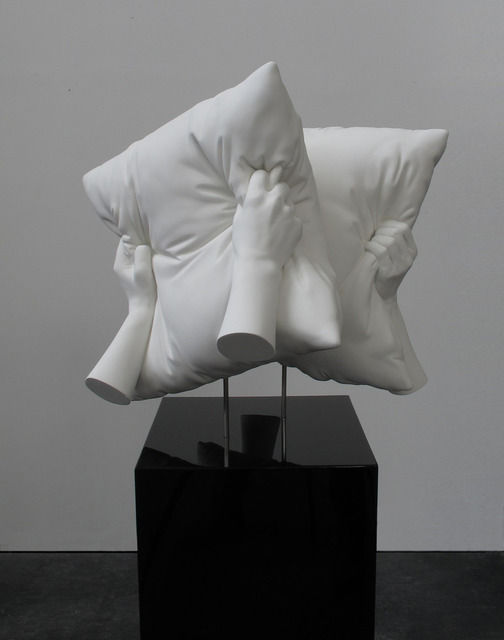
the extasy and the agony, elmseed & dragset
#galerie perrotin#sculpture#elmseed & dragset#contemporary art#contemporary sculpture#lacquered wood#high gloss#social critique#contemporary conceptualism#conceptual art#conceptualism
7 notes
·
View notes
Link
Each year, Cajun towns host Courir de Mardi Gras, a ceremonial run that is believed to have its roots in Medieval French begging customs.
#mardi gras#new yorker#new yorker blog#photojournalism#PhotoMontage#william widmer#fat tuesday#fat tuesday run#cajun#cajun country#louisiana#laissez les bon temps rouler
1 note
·
View note
Photo

Safari (2006)
Ransome Stanley
#black contemporary art#contemporary art#art#painting#contemporary painting#safari#african american artists#ransome stanley#artco gallery
10 notes
·
View notes
Video
vimeo
Burn (2002)
Reynolds Reynolds
1 note
·
View note
Quote
Perhaps, on some level, and in the face of social problems that are ultimately simple cases of gross injustice, we find these murky ethical situations gratifying, as if they offer us an excuse—human existence is just too complicated!—not to try to make meaningful changes in our public life.
Lee Siegel, in the New Yorker this week.
2 notes
·
View notes
Photo
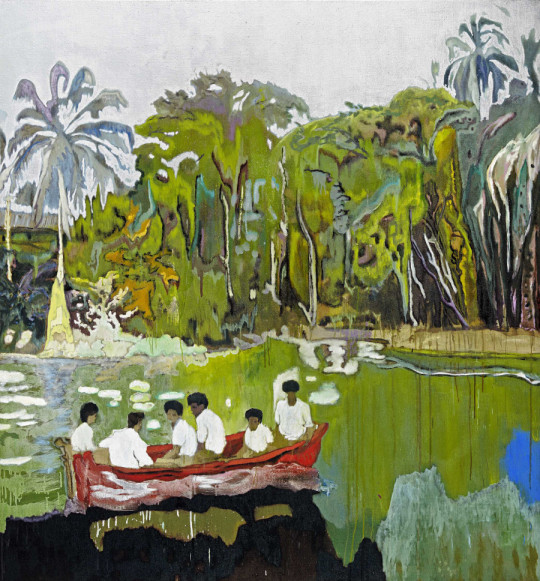
Red Boat (Imaginary Boys), Peter Doig
#peter doig#contemporary art#painting#red boat#caribbean art#doig#trinidad#contemporary painting#art#magical realism#landscape#landscape painting#metamodernism
89 notes
·
View notes
Photo
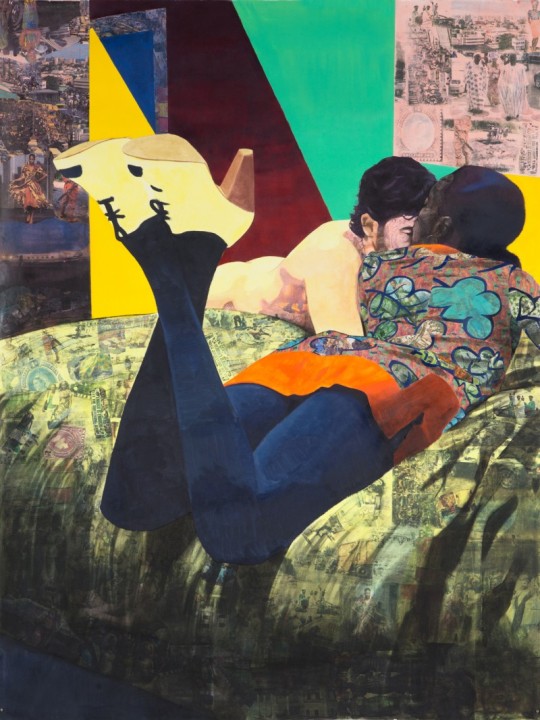
Njideka Akunyili
Her Widening Gyre
2011
Charcoal, acrylic, collage and xerox transfers on paper
6 ft. × 4.5 ft.
2K notes
·
View notes
Photo
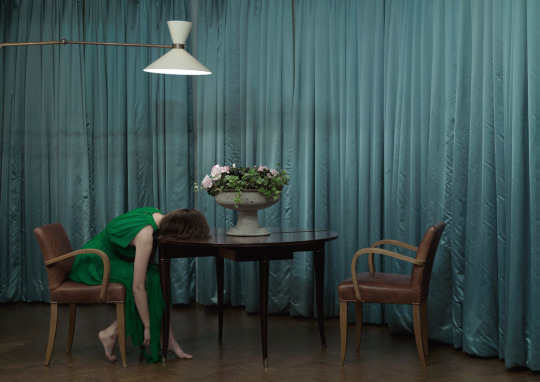

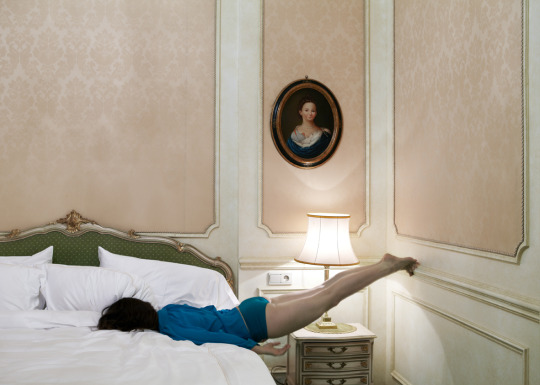
from do not disturb, anja niemi
#anja niemi#do not disturb#photography#contemporary photography#saturated#teal#women#portrait photography#documentary photography#cinematic#contemporary art#conceptual photography#art#conceptual#psychology#psychological portraiture#psychological portrait#interior tableau#niemi#female photographer#black humor#domestic scene
66 notes
·
View notes
Photo

spherical harmonics (2013), alan warburton
#spherical harmonics#contemporary art#alan warburton#animate projects#the photographers gallery#contemporary british art#art
10 notes
·
View notes
Video
youtube
the afronauts / pep bonet
#photojournalism#documentary#black and white#astronaut#short film#documentary short#short#pep bonet#zambia#fbf
1 note
·
View note
Video
youtube
paris, 2014 - saint laurent (by purple mag.)
#paris#fashion film#black and white#purple magazine#sylvester henricksen ulv#anja konstantinova#purple#fashion#saint laurent#film#erotic
0 notes